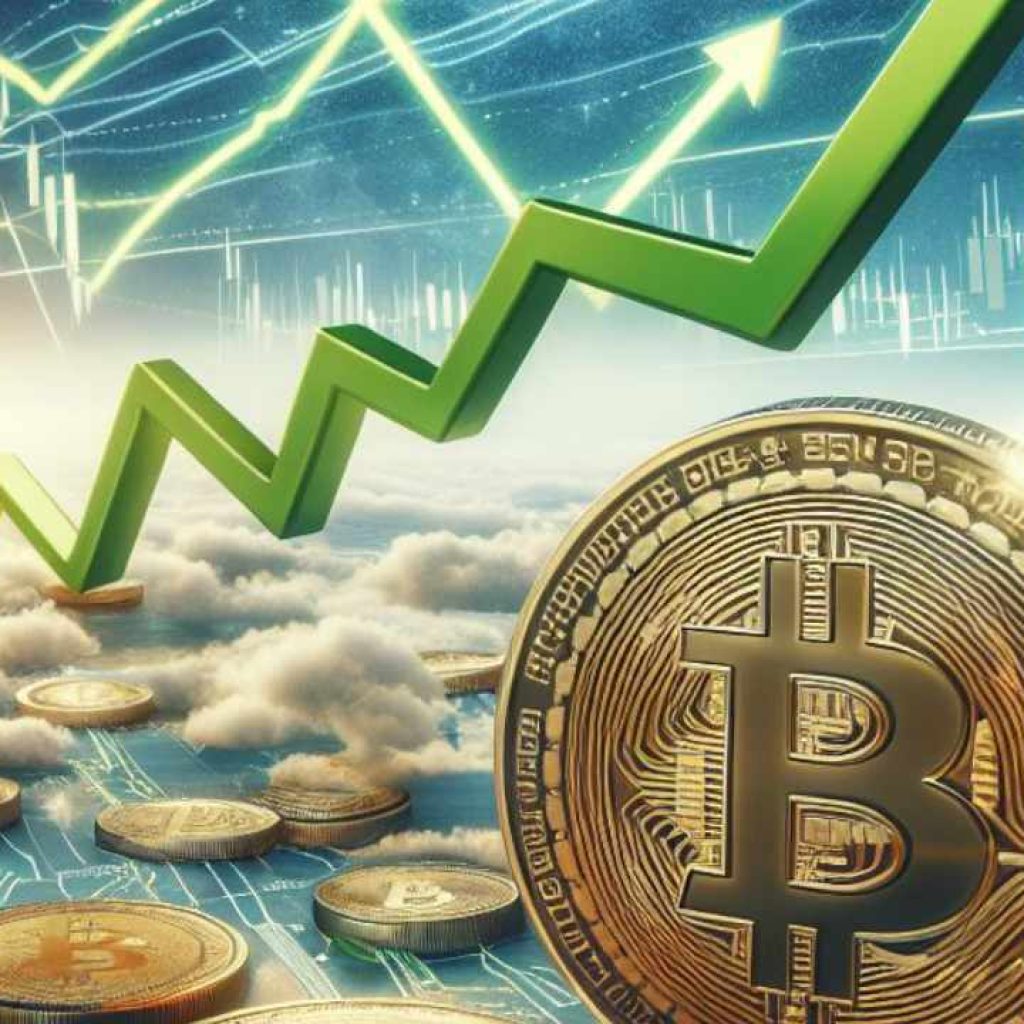In Brazil, the demand for Bitcoin exchange-traded funds (spot Bitcoin ETFs) has experienced substantial growth over the past two years, with total assets under management (AUM) reaching $96.8 million as of November 21. The leading ETF, Hashdex’s Nasdaq Bitcoin Reference Price FDI (BITH11), commands a significant market share, boasting $57.8 million in AUM.
Brazil’s spot Bitcoin ETFs amass record-breaking figures
In putting this into perspective, the largest ETF in the country, iShares Ibovespa Index (BOVA11), manages $2.41 billion AUM, while the second-largest, iShares BM&FBOVESPA Small Cap (SMAL11), holds $1.19 billion AUM. In the United States, the largest ETF, the SPDR S&P 500, dwarfs these figures with around $430 billion AUM. Marcelo Sampaio, CEO and founder of Hashdex attributes the success of Bitcoin ETFs in Brazil to favorable digital asset regulations and a growing interest from large institutions.
Sampaio notes a positive sentiment among sophisticated investors and an increasing inclination of major institutions to either allocate or consider adding cryptocurrencies to their portfolios. Hashdex, a key player in this space, not only operates a spot Bitcoin ETF but also offers a crypto index ETF covering BTC, ETH, and other cryptocurrencies. The combined AUM for Hashdex’s crypto-related ETFs stands at approximately $500 million. Despite the enthusiasm in Brazil, Hashdex, like other applicants, faces delays from the U.S. Securities and Exchange Commission (SEC) regarding its spot Bitcoin ETF application.
Other providers contributing to the Bitcoin ETF landscape in Brazil include Itau ́ Asset Management, which partnered with Mike Novogratz’s Galaxy Digital to launch a fund last year. Additionally, QR Capital, which entered the market in 2021, manages $36 million in AUM. Gui Silva, a managing partner at Tagus Capital, notes that there has traditionally been significant interest in crypto ETFs from the Brazilian public. He anticipates a continual growth in the number of investors in digital asset ETFs, pointing out that around one-third of the 4 million investors with accounts at the B3 stock exchange in Brazil allocated funds to crypto ETFs last year.
The global impact of ETFs and the future trajectory
A notable factor contributing to the strong appetite for ETF investing in Brazil is the relatively low fees. Silva highlights that ETF fees in the country range from 0.5% to 1.5%, which is considered low compared to other financial products in the market. As the world awaits the approval of a spot Bitcoin ETF in the United States, Brazil’s experience provides insights into the potential success of such financial instruments. The combination of supportive regulations, institutional interest, and investor-friendly fees has fueled the robust growth of Bitcoin ETFs in Brazil, positioning the country as a notable player in the evolving landscape of cryptocurrency investments.
This growing interest is not solely confined to institutional players; it extends to individual investors as well. The accessibility and affordability of ETFs, coupled with the allure of cryptocurrencies, have drawn a diverse range of market participants into the fold. This democratization of access aligns with the broader global trend of increasing retail participation in financial markets. While the Brazilian ETF market for cryptocurrencies is still in its nascent stages compared to traditional assets, the trajectory suggests a paradigm shift.
The enthusiasm from both institutional and retail investors indicates a broader acceptance and integration of digital assets into mainstream investment portfolios. As Brazil paves the way for the adoption of Bitcoin ETFs, the global financial landscape is closely monitoring these developments. The outcome of regulatory decisions in the United States, particularly regarding spot Bitcoin ETFs, may further shape the future trajectory of cryptocurrency investments on a global scale. Brazil’s experience serves as a compelling case study, demonstrating that a conducive regulatory environment can foster significant growth in the digital asset space.




